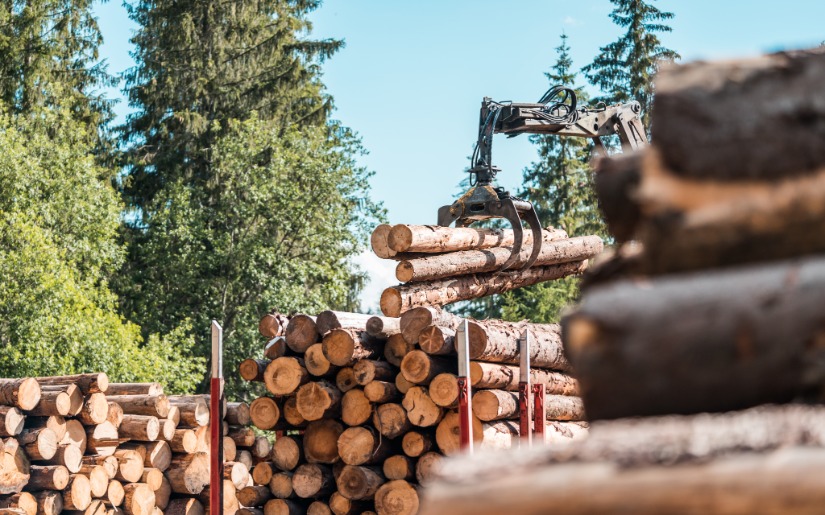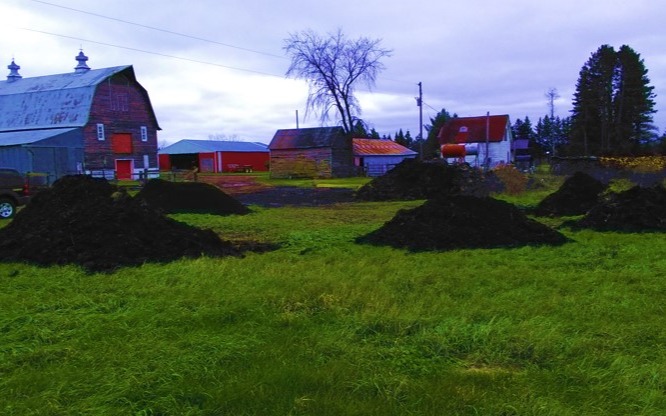To Certify or Not to Certify: Is that a Question?
Over the past decade, two forest certification systems, that of the Forest Stewardship Council (FSC) and the Sustainable Forestry Initiative (SFI) of the American Forest and Paper Association (AF&PA), have had a significant, positive impact on forest management in the United States. Today these two systems are directly competing in an effort to expand their bases of certified acreage and to develop a clear differentiation in the marketplace. Appendix A provides a summary chart with the details of these two certification systems as well as information on the American Tree Farm System (ATFS) and the International Standards Organization (ISO). This paper provides a discussion of the issues related to selection of a certification system and the differences between FSC and SFI as might be seen from the perspective of a landowner or land manager. The goal of this discussion is to aid land managers in the process of selecting an appropriate certification system for their specific needs. Logically, the cost of the certification process is a consideration as well, and while anecdotal evidence suggests that there is generally very little variation in direct certification costs between the two systems, only through the development of comparative bids on a specific project can actual costs be identified. Therefore, the costs of certification are not addressed in this discussion.
At their heart, it appears the FSC’s guidelines are geared to preserve natural systems while allowing for careful harvest, while the SFI’s guidelines are aimed at encouraging fiber productivity while allowing for conservation of key resources. Given the current trend toward uncontrolled consumption growth, both approaches are probably not only valuable, but also necessary. Distinction between the two should be directly linked to the organization’s vision.
- Lead AuthorHowe
- DateSeptember 2004
- CategoryCertification, Environmental, Forest products, Forestry, Forests, Management
- Project FileDownload


.jpg)



.png)